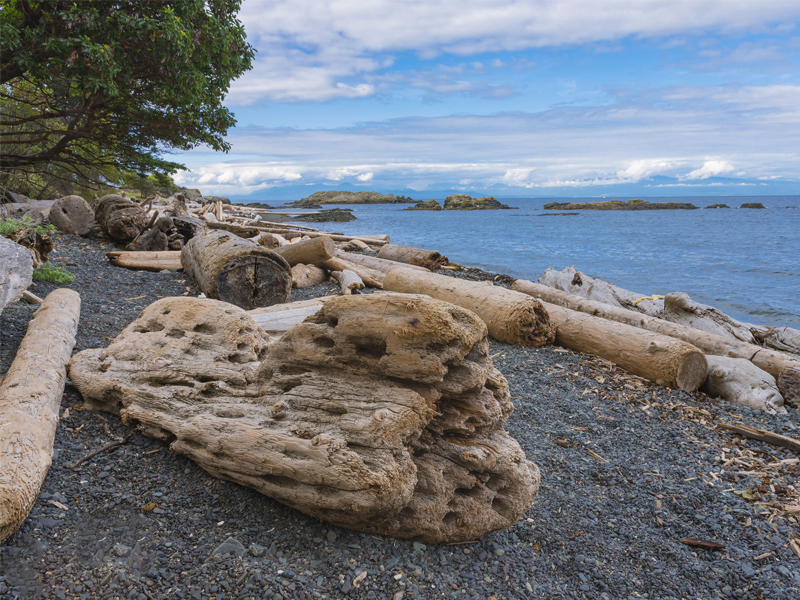
This article appears in the January 2022 issue of Investment Executive. Subscribe to the print edition, read the digital edition or read the articles online.
The disastrous flooding that ravaged southwestern British Columbia late last year can be easily blamed on Mother Nature. You could even blame global warming for the sudden surge of water from torrential atmospheric streams that would do Noah proud.
But to do so only tells part of the story about the causes that left the most populated part of B.C. suddenly cut off via road and rail from the rest of Canada in November while much of the Lower Mainland’s agriculturally rich Fraser Valley lay under more than six feet of water.
In fact, people played a major role in how and why this happened. We ignored warnings by experts on several occasions that our Fraser Valley diking systems would not hold up under the exceptional downpours that now roll in from the Pacific Ocean with greater frequency due to global warming. Often, the dikes were deemed high enough for normal winter rains but, as the Fraser River gradually carried millions of tons of additional rock and sand downstream, the river’s bottom, hemmed in by dikes, gradually rose.
Add the fact that last summer’s droughts not only caused massive forest fires that stripped mountainsides bare, but those fires also rendered the slopes incapable of holding additional water come winter rains.
For the Fraser River, the extra water broke dikes and destroyed many homes and crops, forcing more than 15,000 people to evacuate. Sadly, livestock was also lost — an estimated 600,000 poultry, 12,000 hogs, 420 gentle dairy cows and about 120 beehives, which are necessary for pollination come spring.
Highway 1 was cut off from Greater Vancouver while the Coquihalla Highway was destroyed in 20 locations and seven of its bridges were obliterated. The Interior towns of Merritt and Princeton suffered massive damage and were evacuated.
The two major rail lines that link the Port of Vancouver with the rest of North America had their tracks washed out at numerous points. Canadian National Railway alone sustained damage to 58 sites in the Fraser Canyon.
All these hardships were partially offset by countless acts of generosity and compassion as ordinary people and first responders rushed in to help the distressed.
The economic costs are still being tallied and the first hint of a final total may come in this year’s provincial budget. However, we’ve already seen estimates in the $2-billion-plus range. The Insurance Bureau of Canada estimates insured damage alone at $450 million and calls the episode the “most costly severe weather event in the province’s history.”
But that figure doesn’t include many people in the high-risk Fraser Valley, where flood insurance often is unavailable.
Fortunately, as the floods hit, the B.C. economy was just beginning a rebound, with growth of 5.3% in 2021 and 4.2% in 2022 projected by the province’s Economic Forecast Council just last month. So, the damage may be partially offset.
Finally, we must start listening to what global flood experts tell us. The way dikes are designed has to change so more delta land space is set aside to absorb periodic, extra-high flooding. No more building on floodplains. Bridges on mountain highways must be redesigned to withstand sudden torrents of rushing water and uprooted trees.
Most important, however, our politicians have to find the money — and the backbone — to spend wisely on flood relief.
Uncooperative co-executor passed over by court
Case illustrates the risks of appointing multiple executors